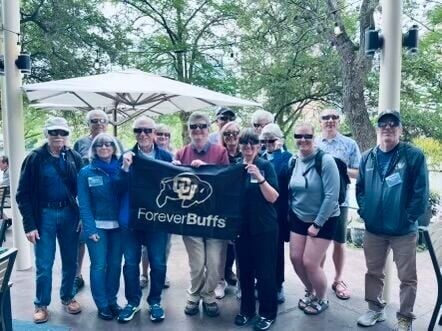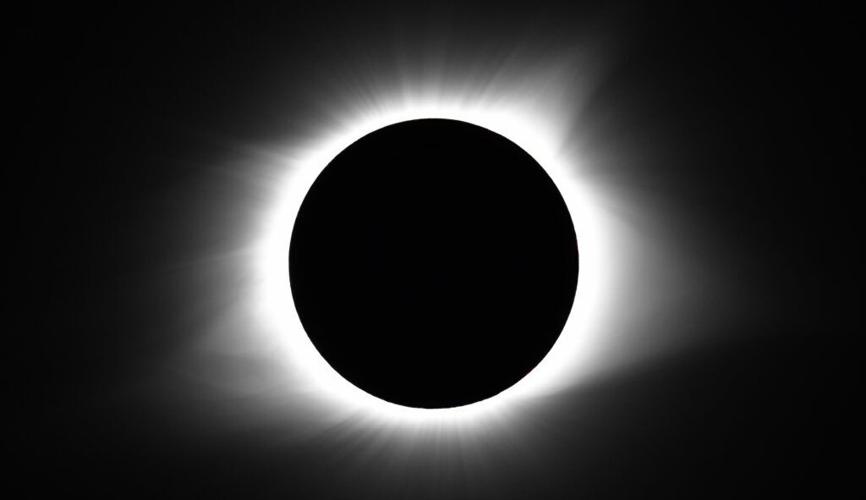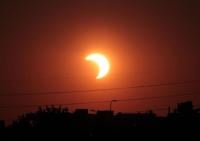Six hundred Coloradans have their eyes to the skies over Texas, crossing their fingers for one cloudless moment.
They traveled to Horseshoe Bay an hour north of Austin to see the 2024 Eclipse in totality with an astronomy group led by Douglas Duncan, former director of Fiske Planetarium at the University of Colorado Boulder.
AP journalists will be live along the path of totality starting at 10:00 a.m. EDT. Commentary will start at 1:30 p.m. EDT and feature interviews with party organizers and scientists.
#solareclipse #totalsolareclipse #live #livestream #texas #newyork
“It looks pretty dicey,” said Duncan, of the very cloudy forecast for the moment the moon passes over the sun. The event sold out a year ahead of time.
Forecasters at the National Weather Service Austin/San Antonio are predicting cloudy skies for Eclipse 2024 in south-central Texas from 12:35-12:38 MST Monday afternoon. But Duncan said one open patch at exactly the right time is all this group of Colorado Eclipse faithful need.
“Just one thick cloud in front of the sun blows it,” he said.
The group started arriving Saturday and warmed up with weekend talks by several astronomers; Steve Hawley, the astronaut who launched the Hubble Space Telescope; and Nick Schneider, who leads the remote sensing team on NASA’s MAVEN mission to Mars.
The end of the world
With clouds building up to isolated severe storms forecast for Monday evening in south-central Texas, already the sliver of hope that the eclipse will be viewable is as razor thin as the oncoming view of a slice of sun.
If the Colorado eclipse group is lucky and the clouds part at just the right time in south-central Texas, Duncan said, the wait and worry will be worth the uncertainty.
“When a total eclipse occurs, it gets cold. And up in the sky they will see that where the sun should be becomes a black hole surrounded by pink flames and big silver streamers that stretch across the sky. It looks like the end of the world.”
Colorado is not in line with Eclipse 2024. Here, the partial eclipse will start at 11:28 am. In the Denver area, only about 65% of the sun will be covered by the moon during the peak of the eclipse. Duncan said to expect for the sun to look like “a big bite has been taken out of it.”
The path of totality will move across 15 U.S. states from Texas to Maine, according to NASA. Most of the places along the centerline of the path will experience the eclipse for 3.5-4 minutes.
It will first be visible as a partial eclipse beginning at 11:06 p.m. MST near Eagle Pass, Texas, before progressing to totality by about 12:27 p.m. MST and progressing along its path to the northeast over the next few hours. Around 5:16 pm, the eclipse will exit continental North America from Newfoundland, Canada. The path of the eclipse will range between 108 and 122 miles wide.
If weather cooperates, here are some of the best U.S. cities for viewing:
San Antonio (partially under the path)
Austin, Texas
Waco, Texas
Dallas
Little Rock, Ark.
Indianapolis
Dayton, Ohio
Cleveland
Buffalo, N.Y.
Rochester, N.Y.
Syracuse, N.Y.
Burlington, Vt.
The next total eclipse across the United States will happen in 2045, and parts of Colorado south of I-70 will be in the path of totality for that one.
Duncan said that 75% of his Colorado group are eclipse virgins. The remaining 25% are the chasers.
“They will chase far and wide for this elusive few moments,” said Duncan. “I’ve already been asked ‘What’s next? And the answer is August 2026 we’re going to Spain.”












 Your Privacy Choices
Your Privacy Choices